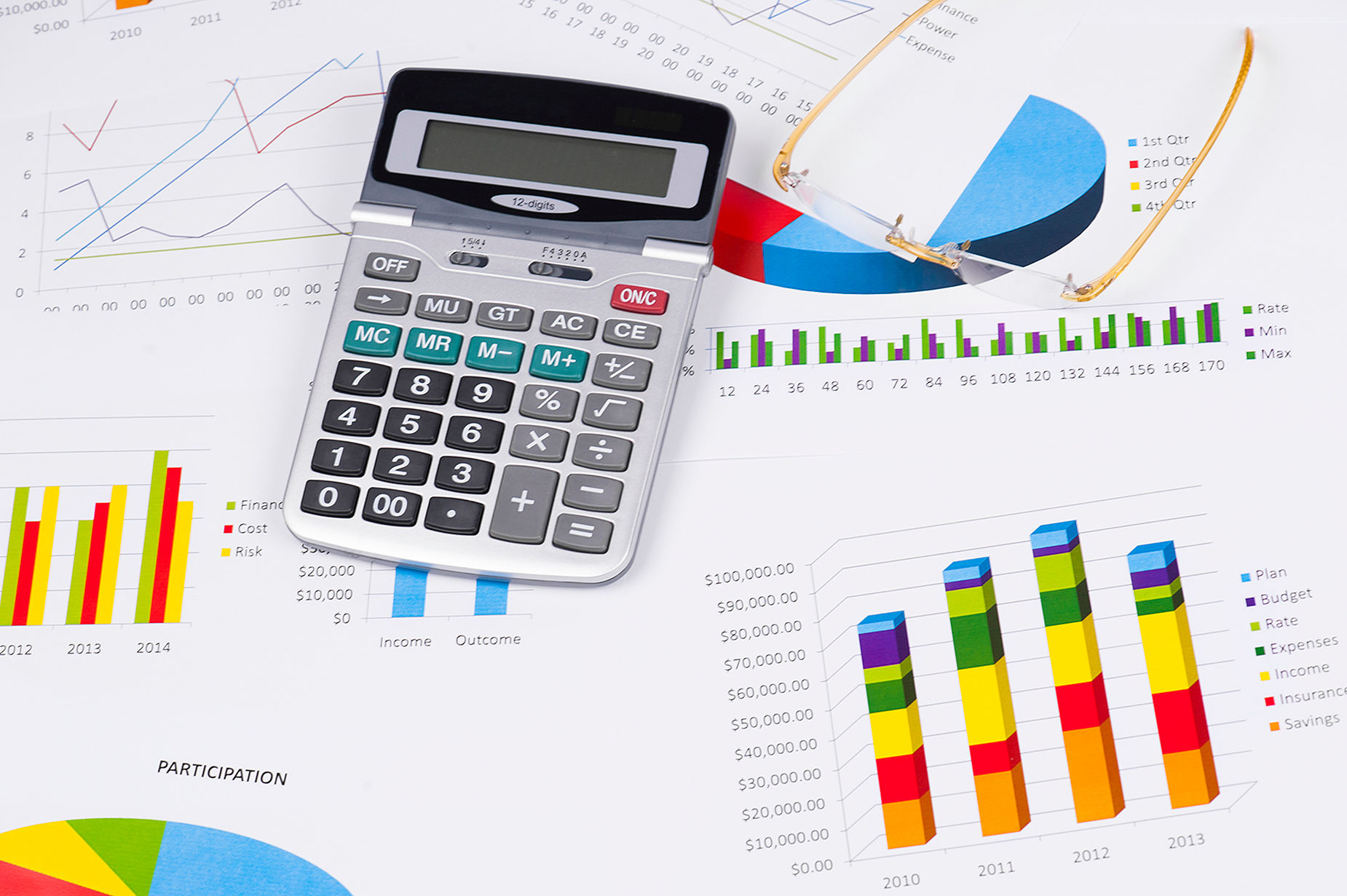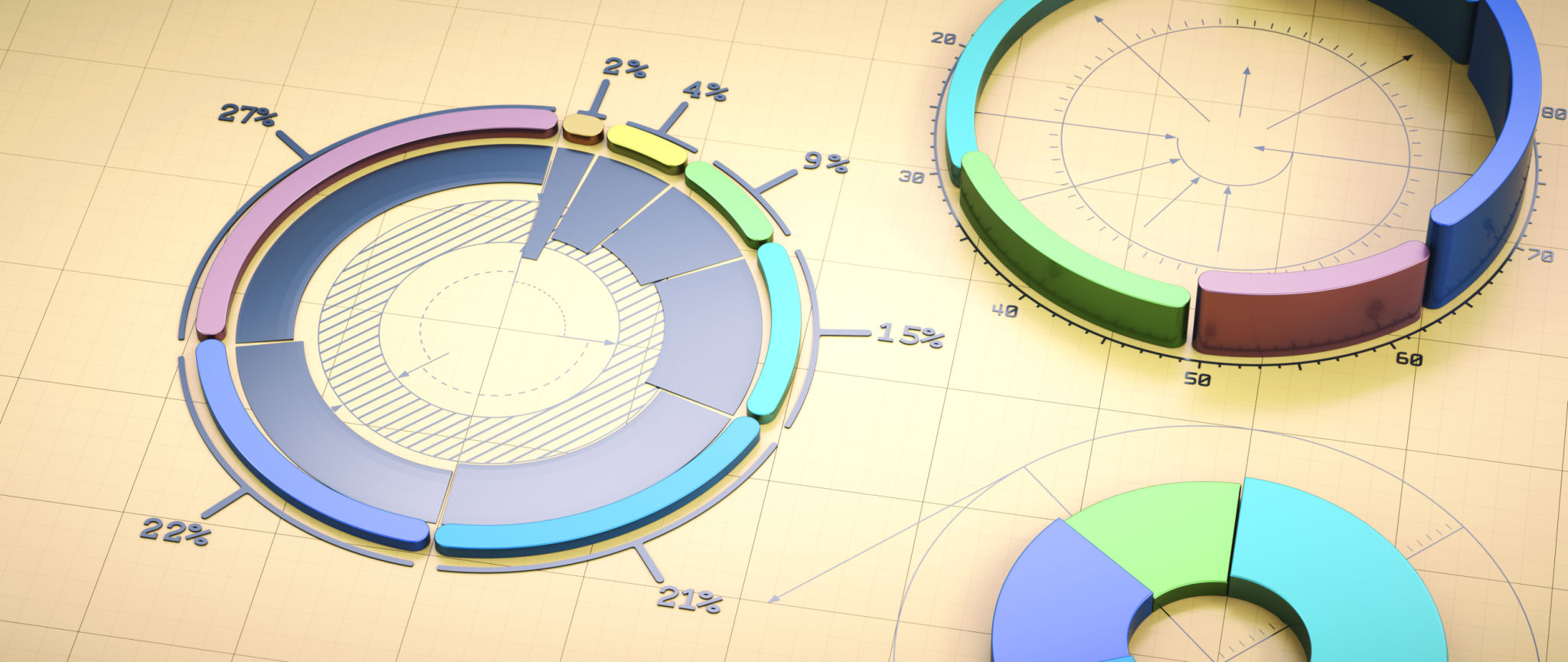Master Your Money: How to Create Financial Forecasts for the Year
Creating financial forecasts might sound like something reserved for big corporations, but it's a powerful tool anyone can use—whether you're running a business, managing your household budget, or planning personal finances. With a clear financial forecast, you can anticipate challenges, seize opportunities, and achieve your goals with confidence. Let’s dive into the how and why of financial forecasting, along with actionable steps to get started today.
Why Financial Forecasting is a Must-Have Skill

Financial forecasting is more than just crunching numbers; it's about painting a picture of your financial future. Here are five reasons why it’s essential:
1. Better Decision-Making: A forecast helps you make informed choices, whether it's about expanding your business, taking a vacation, or saving for a big purchase.
2. Goal Achievement: Forecasting allows you to set realistic financial goals and track your progress.
3. Risk Management: Spot potential financial pitfalls early and develop strategies to mitigate them.
4. Peace of Mind: Knowing where your finances are headed reduces stress and builds confidence.
5. Improved Budgeting: A forecast complements your budget by showing the long-term impact of your financial habits.
How to Create Your Financial Forecast
Here’s a step-by-step guide to building a solid financial forecast:
1. Gather Your Financial Data
Start by collecting all relevant financial information. This includes:
- Bank statements
- Income records (e.g., pay stubs, invoices)
- Expense details (fixed and variable costs)
- Debt and investment summaries

2. Define Your Goals
Identify your short-term and long-term goals. Examples include:
- Paying off a loan
- Saving for a down payment
- Growing your emergency fund
Be specific about amounts and timelines. For example, "Save $10,000 for a house by December 2025."

3. Analyze Your Income and Expenses
Break down your income sources and categorize expenses into fixed (e.g., rent, insurance) and variable (e.g., dining out, entertainment). Calculate your average monthly savings or deficit.

4. Project Future Trends
Use historical data to predict future income and expenses. Account for:
- Seasonal changes (e.g., holiday spending)
- Expected raises or business growth
- Rising costs (e.g., inflation, utility rates)

5. Include "What-If" Scenarios
Prepare for uncertainties by modeling different outcomes. For instance:
- What if your income increases by 10%?
- What if you face unexpected medical expenses?
- What if your investments grow faster than expected?

6. Create the Forecast
Use a spreadsheet or financial software to create your forecast. Include:
- Monthly income projections
- Expected expenses
- Predicted savings or deficits
- Visualize your forecast using graphs and tables for clarity.

7. Review and Adjust Regularly
Your forecast isn’t set in stone. Revisit it monthly or quarterly to adjust for changes in your financial situation or goals.

Action Steps to Take Today

1. Gather Your Data: Spend 30 minutes collecting your latest financial records.
2. Set One Financial Goal: Write down a SMART (Specific, Measurable, Achievable, Relevant, Time-bound) goal.
3. Track Expenses: Use a budgeting app or spreadsheet to categorize last month’s expenses.
4. Start Simple: Create a basic income and expense forecast for the next three months.
5. Schedule a Review: Mark a date on your calendar to revisit your forecast.
Conclusion
Financial forecasting isn’t just for the finance-savvy; it’s a skill anyone can develop. By creating a forecast, you’re not just planning for the future—you’re taking control of it. Start small, stay consistent, and watch your financial confidence soar.

With a clear plan in place, you’re ready to face the year with clarity and confidence. Remember, your financial forecast is your roadmap—adjust it as needed and enjoy the journey!
